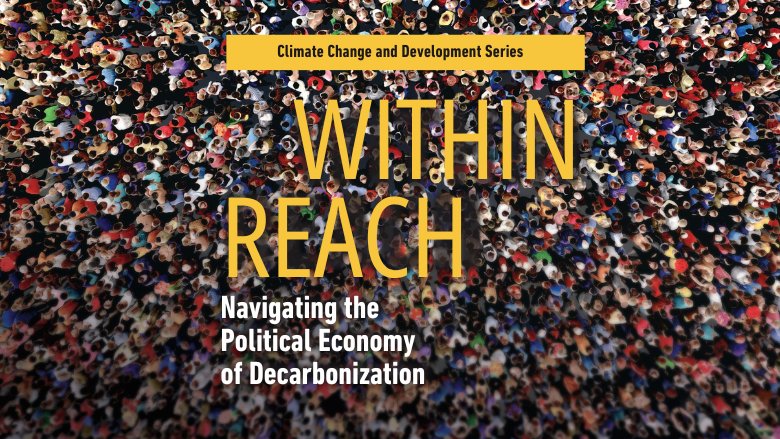Less than a decade ago, the world united around the Paris Agreement on climate change. Since then, countries have introduced scores of laws, policies, and pledges to reduce emissions. At the same time, there has been rapid progress in developing low-carbon technologies, and the costs of these technologies have tumbled.
However, as the lays bare, the world is still not on track to hold global warming well below 2��C above pre-industrial levels, let alone 1.5��C. Despite good intentions, the availability of financing and clean technologies, and many economic synergies, one large obstacle remains: the political economy. Socio-economic, political, and institutional circumstances mean that implementing climate action can seem impossible.
Despite good intentions, the availability of financing and clean technologies, and many economic synergies, one large obstacle remains: the political economy.
And yet, there are many countries where . Today, 23 percent of global GHG emissions are covered by carbon pricing schemes, yielding governments with almost $100 billion in annual revenues. From Colombia��s action on green building and Peru��s investments in low-carbon urban transit to Egypt��s reform of energy prices and India��s progress in solar power, a large number of policies that reduce emissions have been implemented.
However, are undoubtedly creating setbacks for climate action, and the reasons are not always predictable. For example, in 2005 , but when France attempted to increase its carbon tax in 2018 there were protests in the streets. However, while local contexts differ, there are common underlying characteristics that can help us understand examples of successful and unsuccessful climate action.
A new book from the World Bank - - analyzes the dynamics of the political economy underlying real climate policies to better understand what is going on and why. It makes clear that political economy barriers can be overcome, and impactful climate action is possible. But it requires a strategic and dynamic approach.
Political economy barriers can be overcome, and impactful climate action is possible. But it requires a strategic and dynamic approach.


